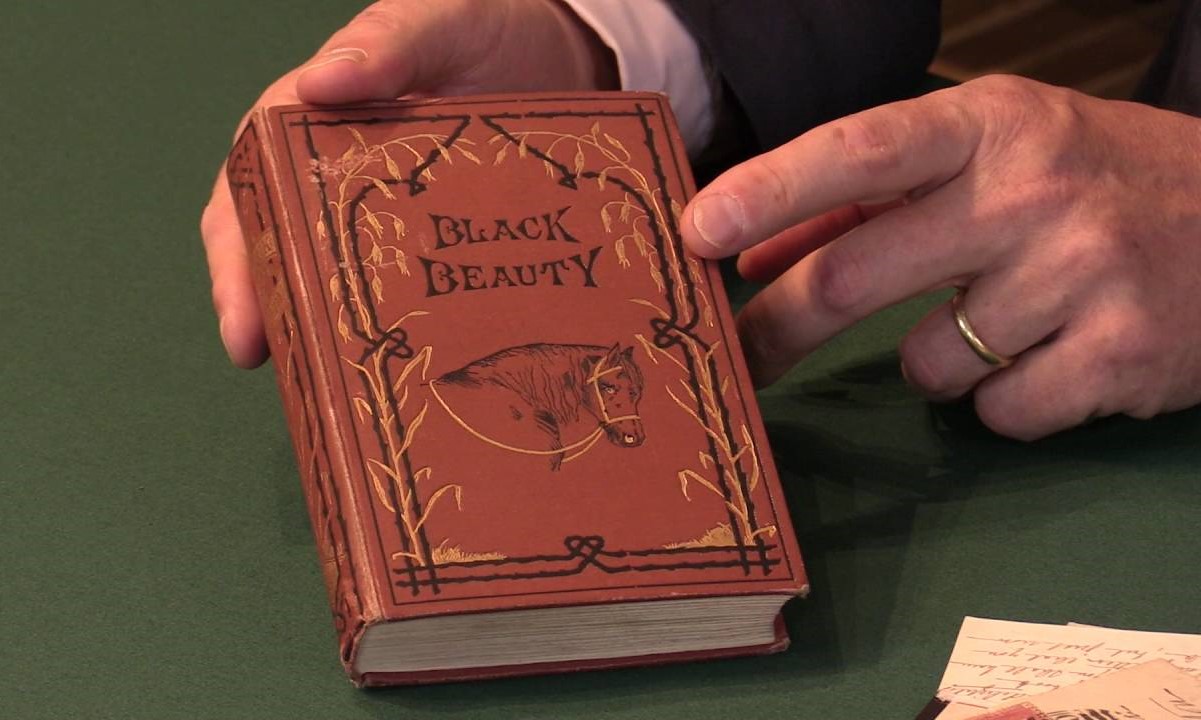
"Black Beauty," written by Anna Sewell, is a timeless classic that has touched the hearts of readers for generations. This novel, first published in 1877, tells the story of a horse's life through his own eyes. Black Beauty experiences both kindness and cruelty, offering readers a unique perspective on animal welfare. The book has been translated into numerous languages and adapted into various films and TV series. Its impact on animal rights and the treatment of horses remains significant even today. Black Beauty isn't just a story about a horse; it's a powerful commentary on empathy, compassion, and the human-animal bond.
Key Takeaways:
- "Black Beauty" is a timeless novel written by Anna Sewell to promote the humane treatment of horses. It has sold over 50 million copies worldwide and inspired changes in horse welfare laws.
- The novel, told from the perspective of a horse, carries deep themes of animal welfare, empathy, and perseverance. It has left a lasting impact on literature and society, inspiring film adaptations and changes in horse welfare laws.
The Origins of Black Beauty
"Black Beauty" is a classic novel that has touched the hearts of many readers. Here are some fascinating facts about its origins and creation.
- Published in 1877, "Black Beauty" was written by Anna Sewell. It was her only published work.
- Anna Sewell wrote the book during the last years of her life. She was bedridden due to illness.
- The novel was originally intended to promote the humane treatment of horses.
- Sewell's mother, Mary Wright Sewell, was also a successful author of children's books.
- The book was an immediate success, selling over 50 million copies worldwide.
The Story and Its Characters
The narrative of "Black Beauty" is unique because it is told from the perspective of a horse. Let's dive into some intriguing details about the story and its characters.
- Black Beauty, the main character, is a horse who narrates his own life story.
- The novel is divided into four parts, each detailing different phases of Black Beauty's life.
- Ginger, another horse in the story, is known for her fiery spirit and tragic end.
- John Manly, a kind and knowledgeable groom, plays a significant role in Black Beauty's early life.
- Jerry Barker, a cab driver, represents one of the kindest owners Black Beauty encounters.
Themes and Messages
"Black Beauty" is more than just a story about a horse. It carries deep themes and messages about animal welfare and human kindness.
- Animal welfare is the central theme, advocating for the humane treatment of horses.
- Empathy is a recurring message, urging readers to understand and care for animals.
- Social class differences are highlighted, showing how animals are treated differently based on their owners' status.
- Kindness and cruelty are contrasted throughout the book, emphasizing the impact of human actions on animals.
- Perseverance is a key theme, as Black Beauty endures many hardships but remains resilient.
Impact and Legacy
"Black Beauty" has left a lasting impact on literature and society. Here are some facts about its influence and legacy.
- The novel is considered one of the first animal rights books.
- It has been translated into numerous languages, making it accessible to readers worldwide.
- Several film adaptations have been made, with the first one released in 1921.
- The book inspired changes in horse welfare laws, particularly in England.
- Anna Sewell did not live to see the full impact of her work, passing away just five months after its publication.
Interesting Tidbits
Here are some lesser-known facts and interesting tidbits about "Black Beauty" and its author.
- Anna Sewell was inspired by her own experiences with horses, having relied on them for transportation due to her disability.
- The novel was initially published as a children's book but has since been recognized as a classic for all ages.
- Black Beauty was originally titled "The Autobiography of a Horse."
- The book has never been out of print since its first publication.
- Anna Sewell wrote the entire novel by dictating it to her mother due to her illness.
Cultural References
"Black Beauty" has permeated popular culture in various ways. Here are some examples.
- The phrase "Black Beauty" has become synonymous with a beautiful black horse.
- The novel has been referenced in numerous other works of literature and media.
- Black Beauty has inspired various merchandise, including toys and collectibles.
- The story has been adapted into stage plays, radio dramas, and even a musical.
Timeless Impact of Black Beauty
"Black Beauty" isn't just a story about a horse; it's a powerful tale about empathy, kindness, and the human-animal bond. Anna Sewell's novel, published in 1877, has left an indelible mark on readers for generations. Its vivid portrayal of animal welfare issues sparked significant changes in how people treat horses and other animals. The book's enduring popularity highlights its universal themes and timeless appeal. Whether you're a horse lover or simply enjoy a good read, "Black Beauty" offers valuable lessons on compassion and respect. Its influence extends beyond literature, inspiring movements for animal rights and humane treatment. This classic continues to resonate, reminding us of the importance of kindness in our interactions with all living beings. So, next time you pick up "Black Beauty," remember its lasting legacy and the positive change it has inspired.
Frequently Asked Questions
Was this page helpful?
Our commitment to delivering trustworthy and engaging content is at the heart of what we do. Each fact on our site is contributed by real users like you, bringing a wealth of diverse insights and information. To ensure the highest standards of accuracy and reliability, our dedicated editors meticulously review each submission. This process guarantees that the facts we share are not only fascinating but also credible. Trust in our commitment to quality and authenticity as you explore and learn with us.
